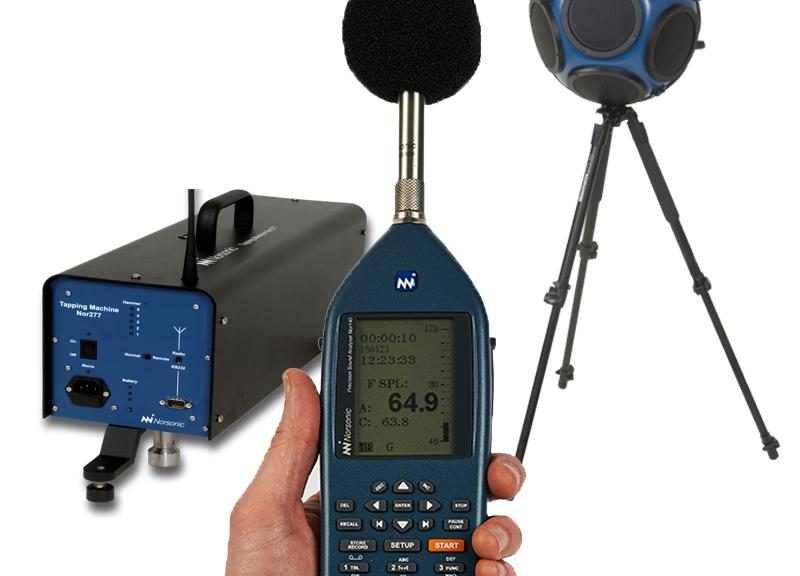
Different Types of Sound Testing
Different Types of Sound Testing
Sound
Insulation Testing needs to be carried out between pairs of rooms separated by
party walls or floors. In most cases the rooms to be sound tested will be the
two main habitable rooms – living rooms and bedrooms. The sound testing
procedure involves setting up a noise source in a room on one side of the party
wall or floor and measuring the noise on both sides of the partition.
Sound Testing for Part E of Building Regulations has been a mandatory requirement since July 2003. All new build dwellings and conversions which were built after this date require 10% of each party wall/floor construction type to be tested.
There are two mains types of sound tests that need to be carried out prior to the building handover, they are:
Airborne
Sound Tests
Airborne sound tests are usually
required between horizontally and vertically separated pairs of rooms. The
sound tests are undertaken by using a sound source, amplifier and loudspeaker
to generate a high noise level in one room (the source room). Noise
measurements are then taken in both the source and receiver rooms using a
prescribed number of source and microphone positions. The background levels in
the receiver room are measured and the reverberation time in the receiver room
is also measured. From the results, the airborne sound insulation (DnT,w + Ctr)
is calculated and compared to the requirements of Approved Document E. For new
build projects you are required to achieve 45dB for airborne sound testing
through walls and floors and 62dB for Impact sound testing for floors. For
refurbishment projects this changes to 43dB for airborne and 64dB for impact.
Impact Sound Tests
For vertically separated rooms, an Impact sound test may also be required. This sound test is undertaken using a “tapping machine”, (as above) which drops a series of weights onto the floor of the upper room. The noise level in the lower (receiver) room is measured for a prescribed number of source and microphone locations. The background levels in the receiver room are measured and the reverberation time in the receiver room is also measured. From the results, the impact sound insulation (L’nT,w) is calculated and compared to the requirements of Approved Document E.
Airborne Sound Testing of Building Facades
For the sound testing of external facades we place the loudspeaker outside the building at a distance of 5m from the facade with the angle of sound incidence equal to 45° ± 5° and such that the real traffic noise impact is simulated the best possible way. The speaker and amplifier are used to generate a steady random noise signal via the loudspeaker source. The sound pressure levels are then measured at 2m in front of the facade plane and 1.5m above the ground.
All APT’s test engineers carry the latest Norsonic sound testing equipment, which are class one rating. All of our sound testing is completed to a strict quality controlled standard. We provide full ISO & UKAS complaint sound testing.
If you would like more information in regards to the Different Types of Sound Testing please